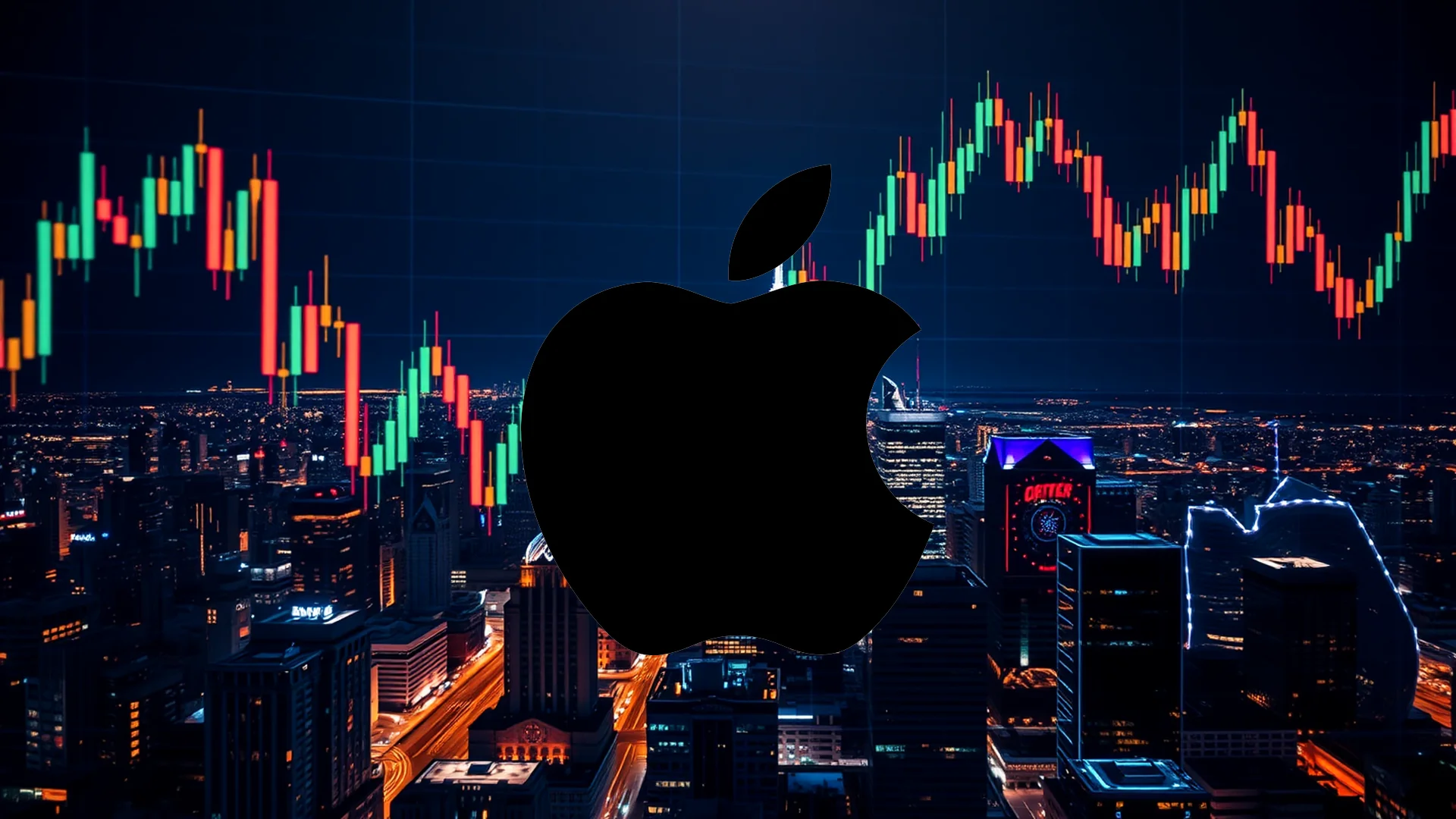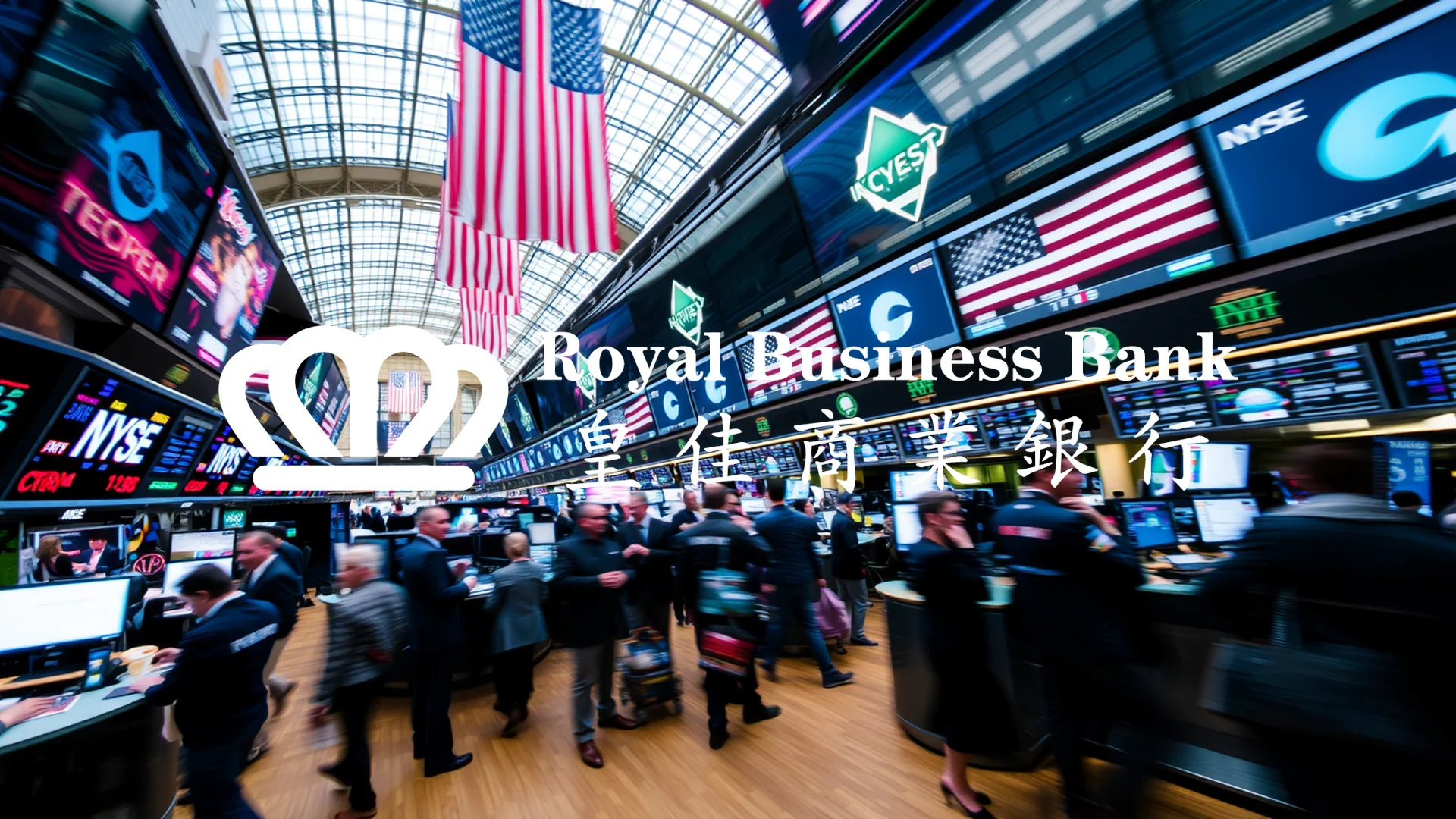While the integration of its Discover Financial Services acquisition has resulted in short-term losses, large institutional investors appear undeterred, significantly expanding their holdings. The financial services provider is skillfully navigating initial merger expenses, rewarding shareholders with surprisingly strong adjusted earnings figures.
Strong Operational Performance Underpins Confidence
Capital One’s underlying business metrics demonstrate robust health. For the second quarter, net revenue surged by 25 percent to $12.5 billion, while total loans held for investment grew 36 percent to $439.3 billion. This growth was accompanied by a significant increase in the provision for credit losses, which rose to $11.4 billion. Despite a headline net loss of $4.3 billion for Q2—primarily driven by one-time merger integration costs—the company reported a powerful adjusted profit of $5.48 per share. This result surpassed analyst expectations by a substantial $3.55 per share.
Heavyweight Investors Place Bullish Bets
This operational strength has not gone unnoticed by sophisticated market players. A notable shift is occurring as major hedge funds and institutional investors build substantial bullish positions in Capital One. Third Point LLC increased its stake by a significant 13.5 percent, bringing its total holding to approximately $188 million in value. This vote of confidence was echoed by other financial heavyweights, including Vanguard Group and Goldman Sachs Group, which also expanded their positions. This collective move by professional investors signals a strong belief in the stock’s long-term potential, despite current transitional challenges.
The Discover Integration: Short-Term Pain for Long-Term Gain
The acquisition of Discover, finalized on May 18, 2025, is currently presenting its logistical challenges. However, the migration process is advancing at a rapid pace. Since the end of August, the debit card business has begun its transition to the Discover network. The more complex credit card migration is scheduled to follow in approximately one year. This process will eventually see the transfer of a massive $175 billion in volume. The strategic calculation is that these substantial upfront costs will be outweighed by the long-term synergies and market strength of the combined entity.
Should investors sell immediately? Or is it worth buying Capital One?
Analyst Sentiment and Underlying Economic Support
Wall Street analysts have maintained their optimistic outlook, largely retaining buy recommendations despite the company having missed some revenue expectations. Price targets extend as high as $253 per share, suggesting considerable upside from current trading levels. The exceptional earnings-per-share performance seems to more than compensate for any minor revenue disappointments.
This optimism is reinforced by broader economic conditions. CEO Richard Fairbank recently characterized the U.S. consumer as an “anchor of strength” for the economy, supported by wage growth, low unemployment, and manageable debt levels.
Nevertheless, risks persist. A $425 million settlement in May 2025 for a class-action lawsuit concerning misleading interest rate information on savings accounts serves as a reminder that regulatory challenges remain a constant factor in consumer banking.
The central question for investors is whether the long-term benefits of the Discover acquisition will not only offset the short-term integration costs but also propel the stock to new heights. The actions of major institutional investors suggest they have already reached their conclusion.
Ad
Capital One Stock: Buy or Sell?! New Capital One Analysis from December 12 delivers the answer:
The latest Capital One figures speak for themselves: Urgent action needed for Capital One investors. Is it worth buying or should you sell? Find out what to do now in the current free analysis from December 12.
Capital One: Buy or sell? Read more here...










